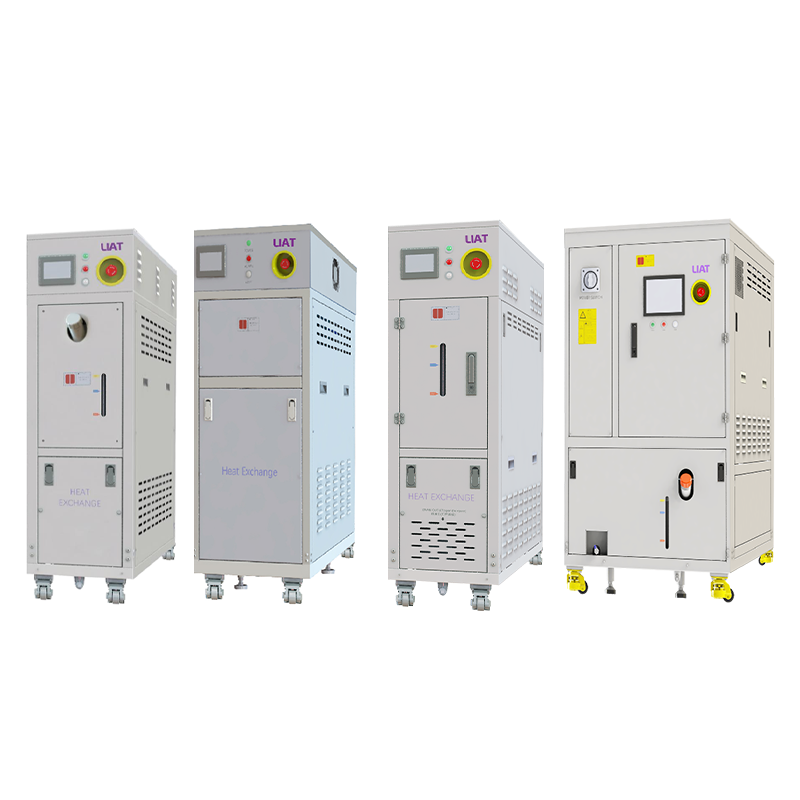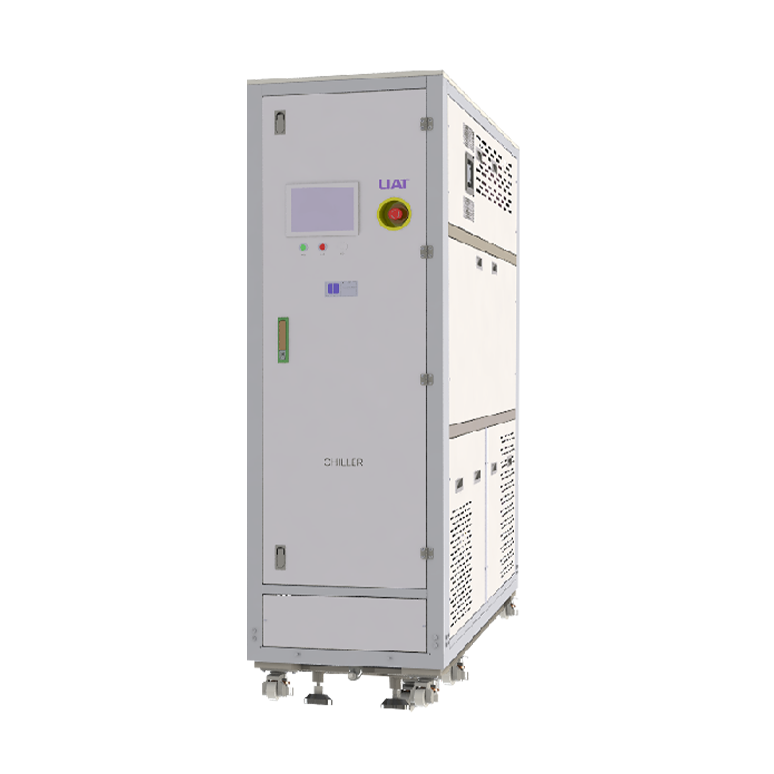Heat exchangers are vital in letting equipment cool for it to function properly in industrial production, HVAC systems, and in the cooling of electronic equipment. When there is inefficient cooling of heat exchangers, there is loss of work efficiency and potential equipment damage. Advanced heat exchangers, specifically dual channel heat exchangers, provide great advantages in efficiency and cooling performance. This warms industries of all kinds the dual channel heat exchangers guarantees the efficient functioning of all their powered tools and machines. Excellent cooling performance heat exchangers are also available in https://www.liatem.com/.
The performance of dual channel heat exchangers is greatly improved through the clever design of their structure. Two independent flow channels for the cooling and heat carrying media are used in the dual channel heat exchangers, a stark contrast to the traditional single channel heat exchangers. These two streams are arranged in a reasonable manner like parallel or counter flow, which maximizes the surface area and facilitates close approach of the two streams for a great deal of time. This large surface area means a significant amount of heat exchange occurs in a short amount of time, increasing cooling efficiency.

Additionally, the internal design of the channels in dual-channel heat exchangers is frequently refined. This includes the installation of fins and turbulence promoters. Although these designs can disrupt the flow of the medium, they can also increase the flow turbulence, and reduce thermal resistance between the medium and the heat exchange surface. This all increases the overall heat transfer and cooling performance.
Dual-channel heat exchangers are crucial in increasing cooling performance because they enhance heat transfer efficiency. In these exchangers, the two streams flow through separate channels, and the heat transfer is more direct and effective in this arrangement. Since the counter-flow configuration is the most common setup, the range of the temperature difference that can be sustained between the heat-carrying medium and the cooling medium remains high throughout the exchange, which increases heat transfer. Thus, the heat-carrying medium cools faster. In the same working conditions, dual-channel heat exchangers transfer more heat in less time than single-channel heat exchangers.
The efficiency of the heat exchangers improves as timely removal of the heat generated by the equipment improves the cooling performance of the heat exchangers.
Superb versatile adaptability of Dual Channel Heat Exchangers to Varying Heat Loads adds to the optimum performance during cooling operation. The heat generated by equipment in many real-life situations is not steady and may change with working condition. Traditional Heat Exchangers may not cope with available cooling capacity under variable heat loads quickly, which may result in unstable cooling. The dual channel Heat Exchanger solves this with the adjustment of the flow rates of the cooling medium in the two channels in the system according to the heat load. For instance, if the heat load increases, the cooling flow rates in both channels can be raised to enhance heat absorption and transfer. If the heat load decreases, the flow rates can be lowered to save energy and avoid overcooling. The dual channel Heat Exchanger solves this problem, and as a result, it can efficiently cool disparate heat loads and maintain operational stability.

Dual channel heat exchangers do more than improve cooling performance and respond to energy saving goals. Because of their high cooling performance, heat exchangers of this type do not require higher flow rates of cooling fluids to achieve their objectives. Voltages, thus, are lower and energy use becomes more efficient. Furthermore, the optimized channel structure of dual channel heat exchangers minimizes flow resistance of the heat transfer medium. Because of this, the power used for the flow driving to the heat exchangers becomes lower. In this case, however, high cooling performance is maintained. This, thus, results in the more pro-active and energy efficient use to drives to heat exchangers. This draws more supporting response to cooling exchangers in meeting goals to improve their performance. This exemplifies the expected improvements in energy use to be more aligned with the expected improvements in use to reduce emissions in all sectors of the economy.
When considering dual channel heat exchangers with high cooling performance from liatem.com, various elements are key while making cooling performance selections.
To identify the application scenario and the estimated cooling requirements, the type of cooling medium, maximum heat load, and target temperature after cooling must be ascertained. These factors will assist in the selection of appropriate size, channel geometry, and material of the dual channel heat exchangers. The heat transfer characteristics of the dual channel heat exchangers are also of prime importance. Better cooling and heat transfer will be delivered by higher heat transfer coefficients. This parameter may be found in the product specifications on the web. The material of dual channel heat exchangers also deserves attention. The material must possess good heat conductivity and corrosion resistance, based on the medium, to provide an adequate service life. The product certification and after-sales service must be checked. Certification on products (for instance, ISO, CE) along with decent after-sales service provides a channel for maintenance and technical support during the operation of the product. Customer feedback and application examples of dual channel heat exchangers will provide real insight into the product cooling performance and reliability to determination their most actual application to customer needs.